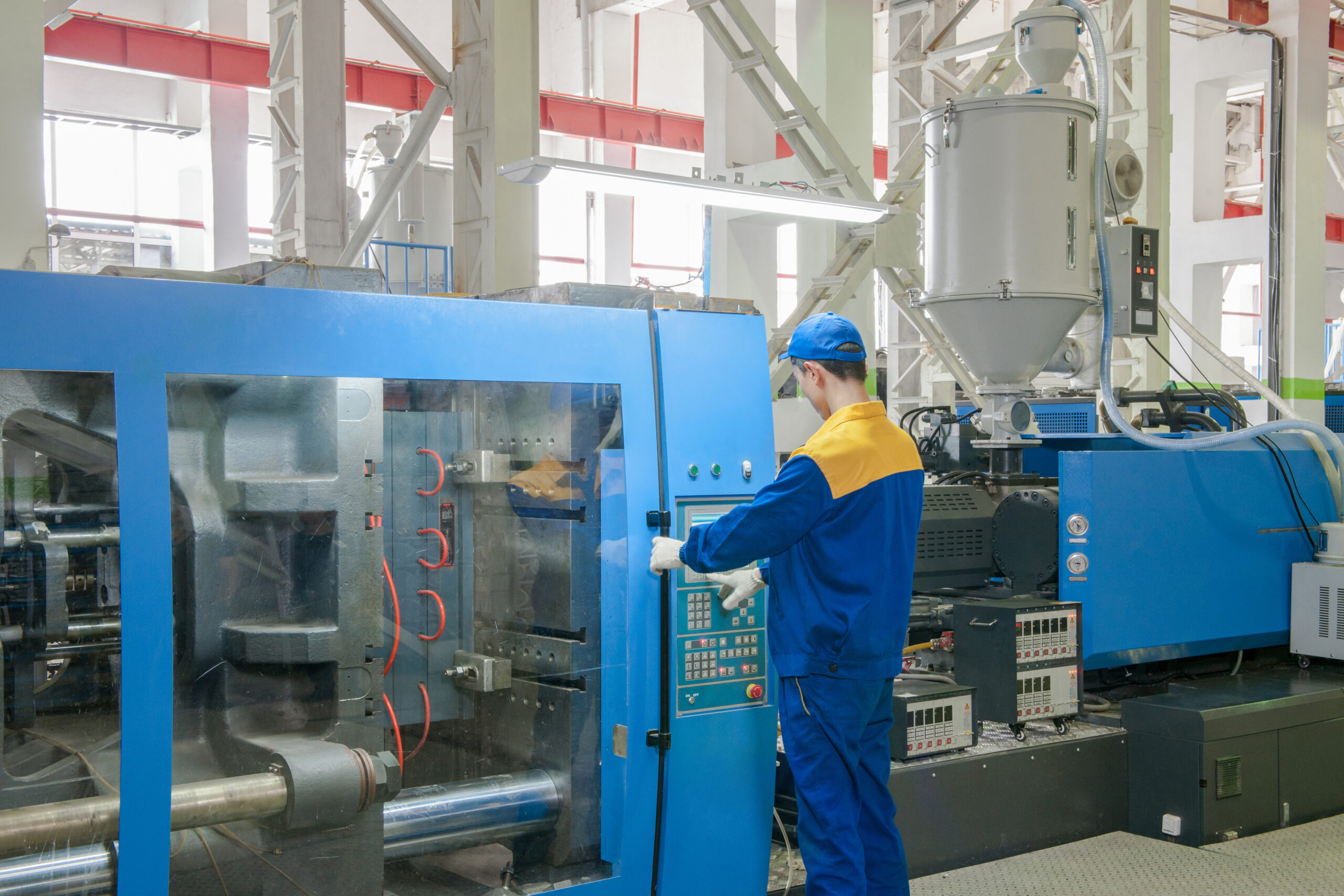
Many people have heard the benefits of virtual commissioning by now – increased output, cheaper commissioning costs, and higher-performing machines. These benefits sound great on paper, but they’re only real when we see examples of companies that can share real world results. Without a good virtual commissioning example, many of us are left on the sidelines, hesitant to consider implementing these technologies for our own products.
Enter Niigon, a Canadian company that has been making injection molding machines for over 10 years. Recently, they adopted virtual commissioning technologies to create optimized machines for their customers, passing along cost savings and performance benefits that are only possible with this new approach. Like others, Niigon was initially hesitant to bring in a change to their current methods, but when a customer needed a higher-performing machine with strict requirements, virtual commissioning stood out as the best choice. Engineers at Niigon set out to find the right tools and expertise to get the job done.
The Project
Niigon needed to improve an injection molding machine that they’d recently shipped. The customer found that the machine parts would move in unexpected ways during the machine cycle. When the mold on this machine would close, one of the large platens would begin to move slightly, and these oscillations forced their customer to run the machine slower than required.
In this kind of situation, the typical solutions would be to replace motors or other parts, making them bigger and stronger to overpower any small movements. However, Niigon realized that the amount of hardware upgrades would be far too expensive for a project of this size. Virtual commissioning promised to shed light on highly optimized control strategies for the machine that would anticipate the movement issues and stop them in their tracks.
Niigon moved forward with their virtual commissioning project, using tools and services from experts in the field. In partnership with Maplesoft and B&R, Niigon developed a simulation-based model of their injection molding machine that could replicate the issues they saw on the physical machine. After the model was validated, their controls engineers used this model as a virtual test platform to diagnose their control code, all without the need for a site visit. Model-based controls testing is a key benefit of virtual commissioning, since the engineers could run countless scenarios using only software, saving weeks of physical, on-site testing, or damage to the machine.
Engineers at Niigon arrived on new control strategies that seemed to greatly improve the machine performance. They traveled to their customer’s production site, and implemented the new control code in only 2 days – considerably less than the several week estimate for hardware upgrades.
The Results
The injection molding machine now runs 25% faster than before, without any new hardware upgrades. The performance increase was so substantial for the customer, that they even hired a second employee to keep up with the output of parts!
Niigon gives us a great example of what is possible with virtual commissioning. In today’s automation world, where performance, costs, and time to market are everything, Niigon showed us that new technologies are a key ingredient to staying competitive. For a company that was once hesitant to adopt virtual commissioning, they’re currently planning on improving all of their product designs with this new technology.
Learn more about Niigon’s success here.







